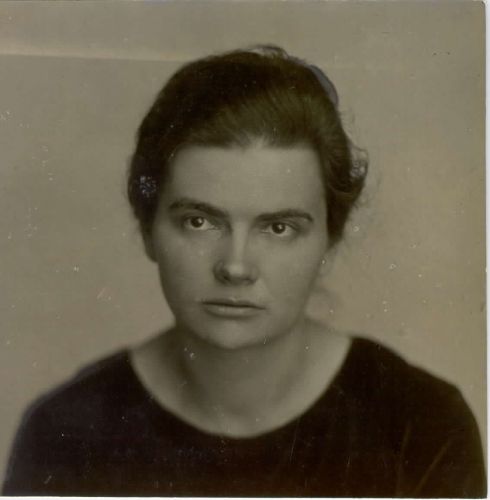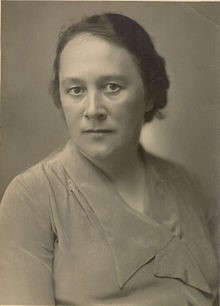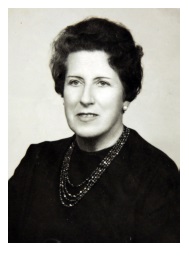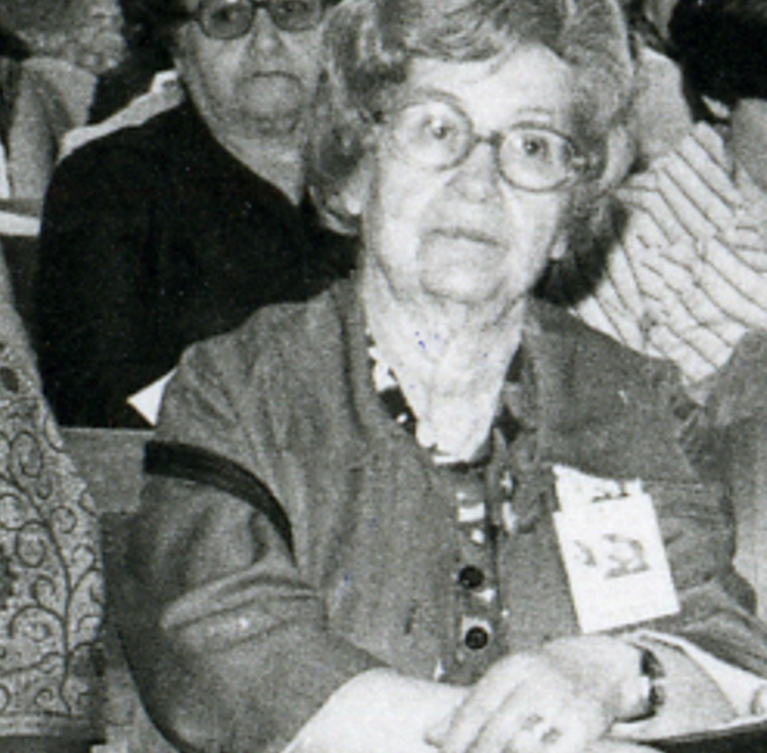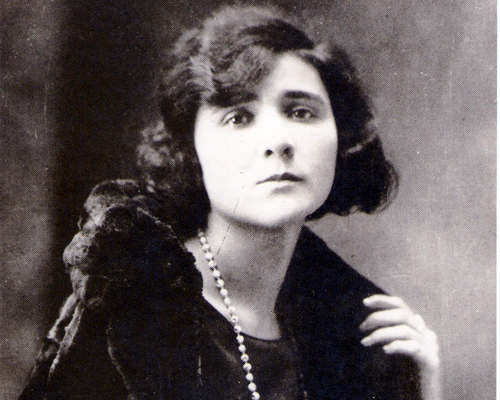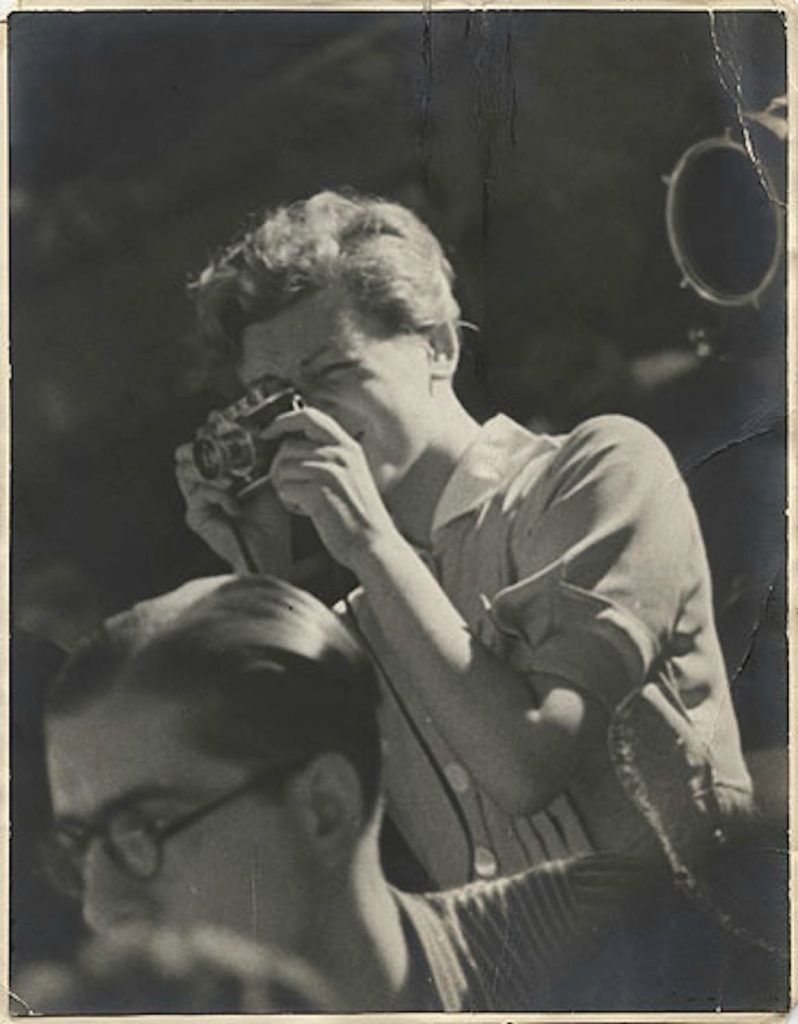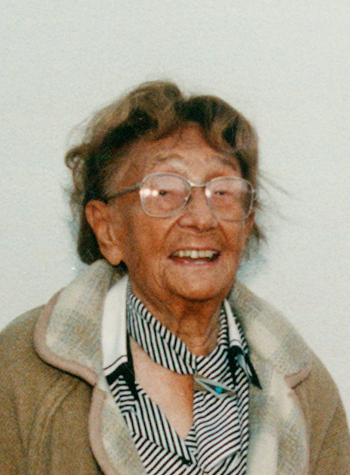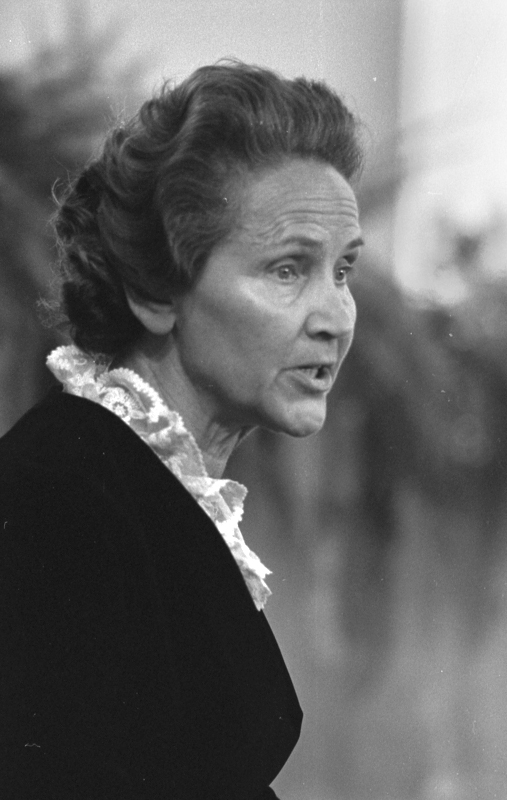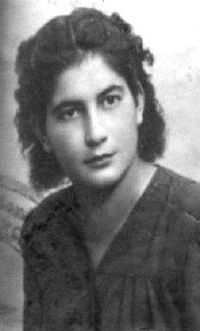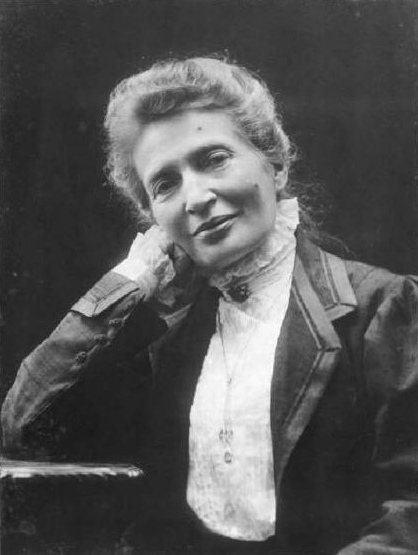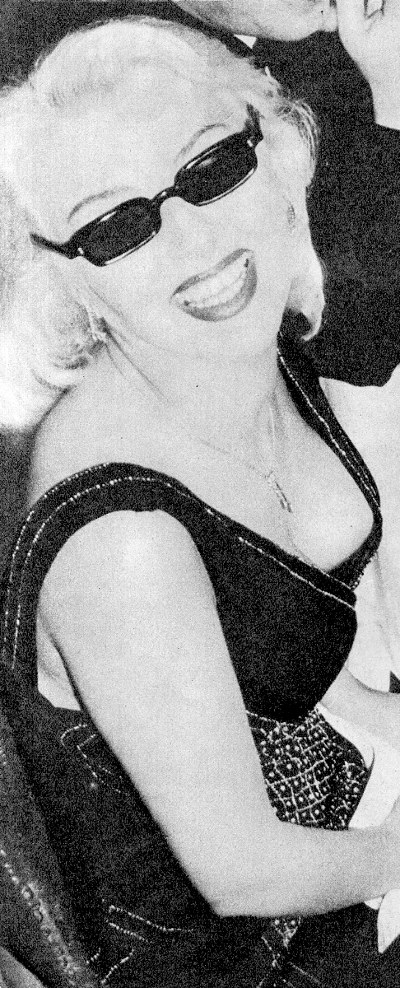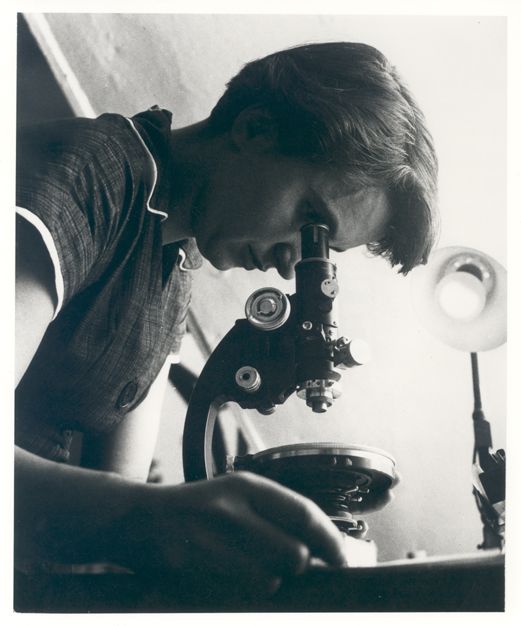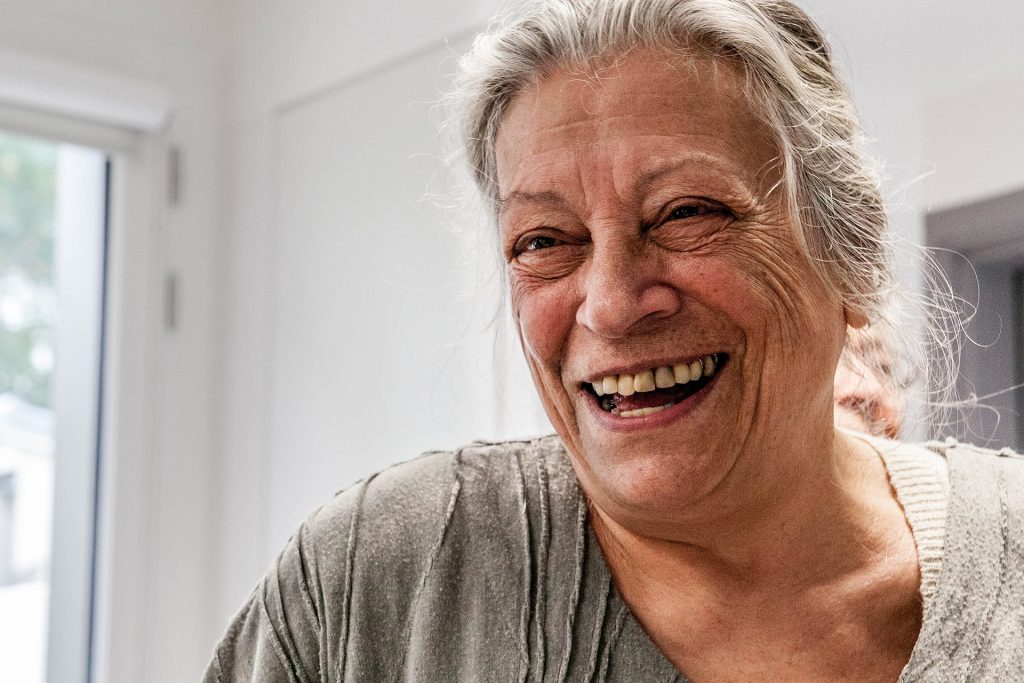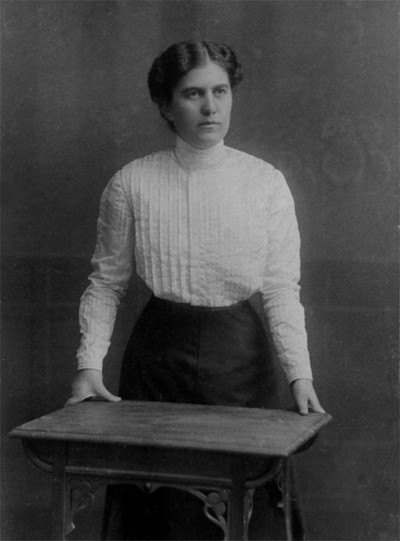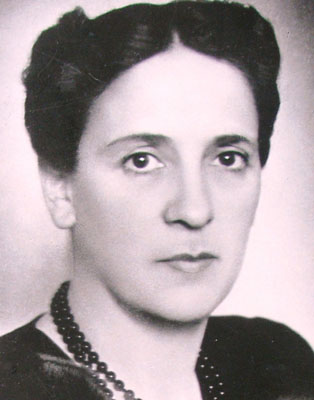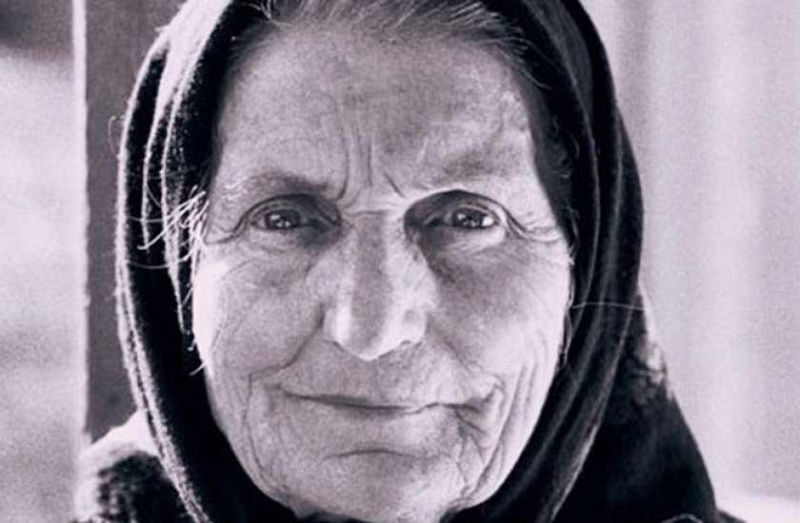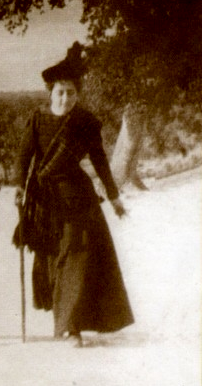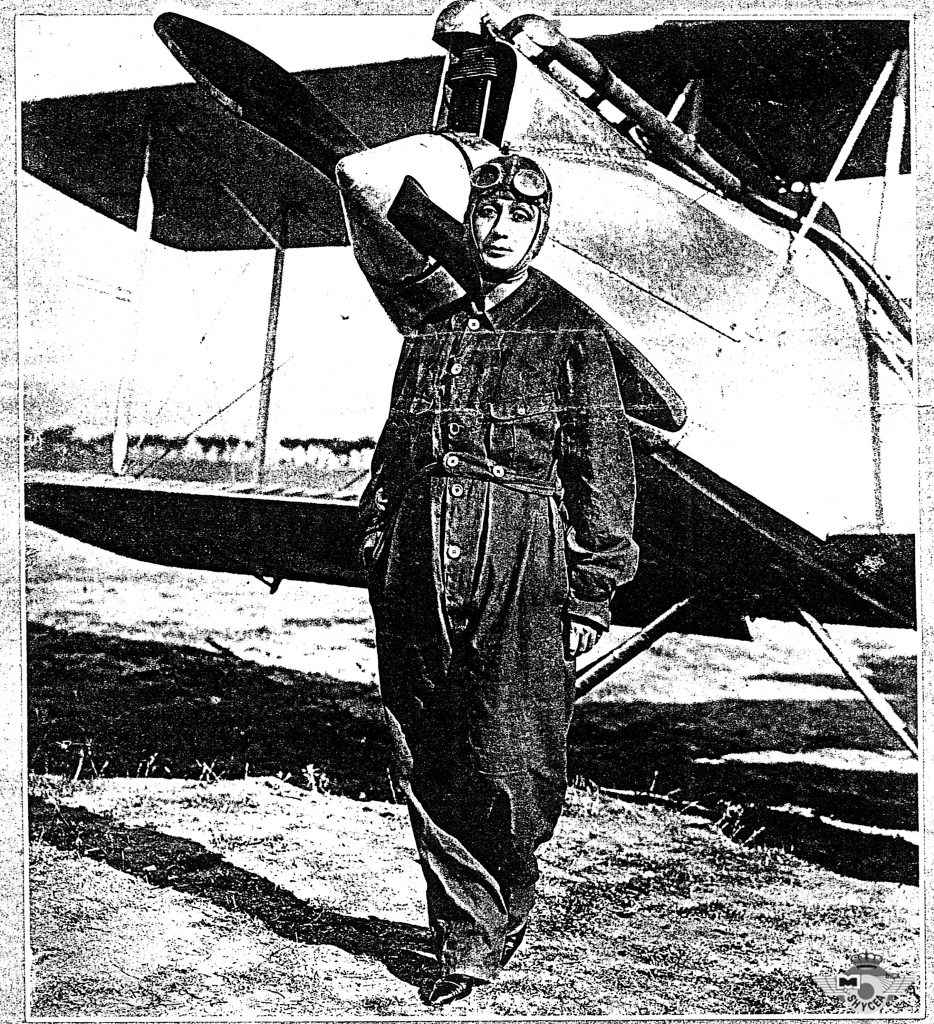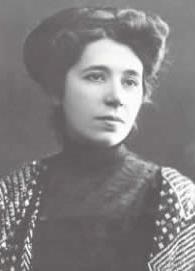Učna enota 1. Obravnava ženskih vprašanj
S temi zgodbami sem želela odpreti razpravo, v kateri bi bralec zagledal tabuizirane teme v povezavi s starostjo. Hotela sem načeti teme, kot so nemoč, bolezen, strah pred smrtjo, izguba dostojanstva. Ta knjiga govori o tem, kako se izgubimo in postanemo negotovi v situacijah vsakdanjega življenja, ki so nekoč bile za nas rutinske situacije. Knjigo sem pisala počasi, v zavedanju svojega lastnega staranja, še posebej po tistem, ko so mi umrli starši. Pričela sem jo pisati, ko sem prisluhnila glasovom okrog sebe, glasovom starejših, ki jih prej nisem slišala. Vse je zapisano v zgodbah, vse od nepovratnega procesa, s katerim človek postaja neviden v družbi, do občutkov krivde do svojih staršev. Zapisane so zgodbe, ki niso moje, ampak so naredile name močan vtis.
Slavenka Drakulić, Nevidna ženska in druge zgodbe
Nekateri trdijo, da se književnost in izobraževanje odraslih že zelo dolgo ukvarjata z vprašanjem spola. Udeležba žensk v izobraževanju odraslih je bila desetletja predmet raziskovanja. Kakor tudi neudeležba žensk. Obsežne obravnave je bil deležen učni slog žensk, pa tudi različen socialni slog, vse od vloge matere, žene, pa do profesionalnih vlog žensk. Odgovornosti žensk so bile deležne zanimanja, pa tudi posledic spreminjanja ženskih socialnih vlog za ženske identitete. Vendarle ženske identitete so bile redko obravnavane kot samo njihove, ne da bi jih postavili v razmerje z moškimi in ne da bi jih povezali z njihovimi reakcijami v posameznih kontekstih, čeprav, kot smo že videli, bi se starejše ženske morale zavedati, kdo so in kdo lahko postanejo. Morale bi se zavedati, da lahko osebnostno rastejo in postanejo tisto, za kar čutijo, da lahko postanejo. Kljub vsemu naštetemu pa študije o starejših ženskah in o kapitalu njihovega socialno-kulturnega spola, ki ga prinesejo v izobraževanje odraslih, niso bile pogosto raziskane in niso bile upoštevane pri programiranju vsebin izobraževalnega programa. Razen tega starejše ženske ne zahtevajo, da bi bile bolj vidne, tega ne zahtevajo odprto, prilagodijo se. Kako preseči to stanje, kako se boriti za enakost spolov, kako narediti, da bi se starejše ženske zavedle sebe, da bi vedele, kdo so, se kaže kot temeljna naloga pri programiranju izobraževanja za starejše ženske.
Če se osredotočite na ženske situacije, boste odkrili, da so te situacije opisane v razmerju do moških situacij. Prav tako boste odkrili, da občasno ni podatkov o ženskah. Lahko boste sklepali, da so se analize, teorije, raziskovalne študije, raziskovalne prakse, posvečale le polovici prebivalstva. V osvetlitev povedanega povejmo, da Frederick Gros, francoski filozof in avtor najbolje prodajane knjige Filozofija hoje trdi, da hoja vodi v razmišljanje in da so številni misleci v zgodovini opisali svojo hojo kot miselni proces (Gros, 2000). Gros ne omenja niti ene ženske in bralec se pravilno vpraša ali so ženske misleče, saj jih ni na seznamu tistih, ki hodijo in razmišljajo. Ženske in moški bi bili bolj enaki, če bi obstajali podatki o obeh.
Tisti, ki delujejo na področju izobraževanja starejših, verjetno že dolgo ponavljajo, da so skupine starejših heterogene glede na njihove različne izkušnje in glede na njihov referenčni okvir, pri čemer pa pozabljajo poudariti heterogenost skupin starejših, ki se pojavlja tudi zaradi njihovega socialno-kulturnega spola. Če podatki o starejših na splošno niso pomembni za statistične študije, pa je podatkov o starejših ženskah celo manj. V študiji PIAAC, na primer, ljudje nad 65 let niso bili predmet obravnave držav članic, z izjemo Nemčije, ki je izvedla dodatno študijo, namenjeno starejšim od 65 let in preučevanju njihovih potreb. Če podatkov o ženskah ni, jih o starejših ženskah sploh ni!
Obravnava ženskih vprašanj v raziskovanju in izobraževanju je razmeroma pogosta. Najpogostejša obravnava je opozicijske narave (opozicijska obravnava), temelji na bioloških spolnih razlikah med moškimi in ženskami. Razlike med moškimi in ženskami so pogosto predstavljene dihotomo, kot da ženske stojijo naproti moškim in obratno. Ženske so prikazane kot krhke, nemočne, moški pa kot močni, pri čemer se krepitev socialno-kulturnega spola začenja zgodaj z izjavami, kot so »Fantki ne jokajo« ali pa »Kakšna ljubka lepo vzgojena deklica«, kar smo že omenili.
Ta opozicijska obravnava se okrepi pod vplivom različnih religij, ki so analizirale in ločile vloge žensk in moških. Ženske in moški imajo različne ekonomske vloge na področju proizvodnje, reprodukcije in porabe. Ženske so politično podrejene moškim. Pa tudi politično, ekonomsko, izobraževalno in pravzaprav na vse načine, na katere družba izkazuje svojo moč, moč, ki jo, razen izjemoma, nameni moškim. Kant v svoji Metafiziki morale govori o "naravni superiornosti moža nad ženo in o njegovih zmožnostih, da brani skupne interese gospodinjstva". Kant omenja neustreznost žensk za to, da bi lahko volile. (Mosser, Kant and Feminism by Kurt Mosser, Dayton/Ohio)
Ker moški in ženske niso enaki, jih označujejo moške in ženske značilnosti, te pa moramo v izobraževanju starejših prepoznati. Ženske in moške bi morali obravnavati enako. Pa jih zares obravnavamo enako? Razlike med socialno-kulturnima spoloma so konstruirane in dekonstruirane. Identiteta moških in žensk se oblikuje različno. Socialno-kulturni spol ni stabilen. Nasprotno je precej dinamičen in odvisno od družbenega, političnega, zgodovinskega, kulturnega konteksta, odvisno od časa in prostora. Številni raziskovalci, med njimi Hugo, 1990, Lewis, 1988, Stalker, 2005 omenjajo Belenky et al. (1986), ki trdi, da so ženske edinstvene, a jih v raziskovanih študijah ni. Pozornost bi veljalo posvetiti ženskam. V drugih raziskavah najdemo trditve, da so ženske in moški kompleksni kategoriji in različni kategoriji. Dihotomi način deluje različno v različnih kontekstih. V patriarhalnih kontekstih obravnavajo vrednote, zmožnosti in delovanje moških ter vrednote zmožnosti in delovanje žensk. Slednje so pomanjkljive v primerjavi z moškimi. Posledično potrebujemo zgodbe, izkušnje in znanje vseh žensk, da bi lahko dosegli njihovo pravo opolnomočenje.
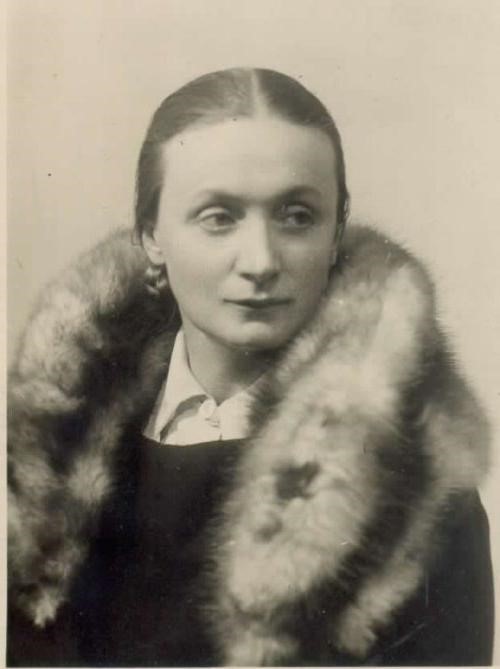
 1900 – 1978
1900 – 1978 
 1900 – 1978
1900 – 1978 
 1900 – 1978
1900 – 1978 
